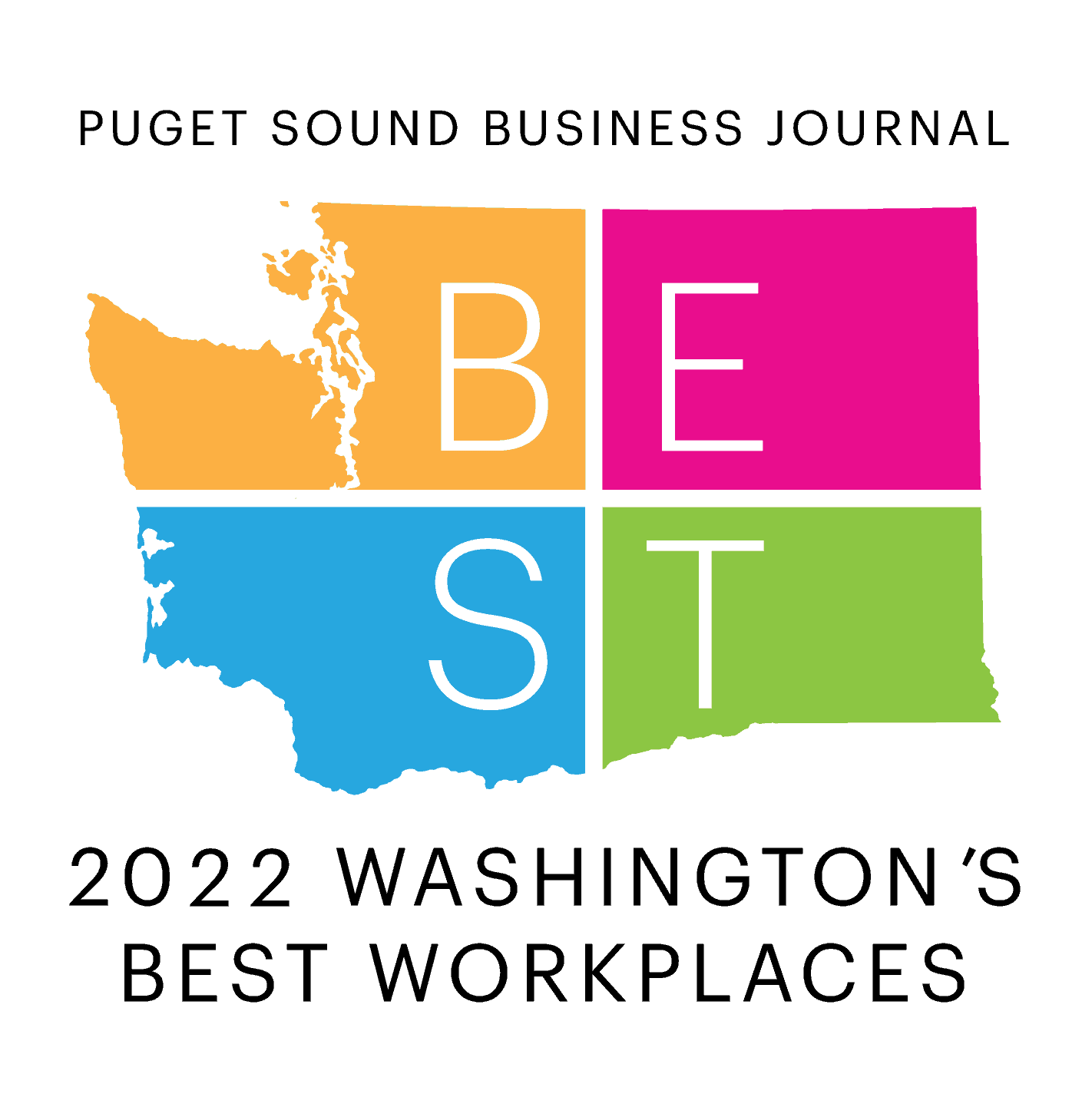It’s probably too early to say we live in a post-pandemic world, but signs of normalcy are returning. For many workers who have been working remotely, the “return to office” messages are starting to fly. For some, it’s a relief to leave the confines of home and head back into a bustling office, that is filled with interesting co-workers and not a home filled with laundry and household chores. For others, there is a feeling of dread about facing traffic-filled commutes and more rigid work hours. Regardless of feelings, it seems clear that there is no going back to the way it was before. Certain things have changed forever, for both better or worse. Employers will have to manage the transition carefully – this move will be one that helps define a corporate culture more clearly than lofty mission statements and foosball tables in the break room. Here are the top things that employers should be thinking about as they contemplate a return to the office.
1) Set expectations clearly. What is the actual policy? It’s not helpful to say “we expect all employees to report in person starting April 1” and leave it at that. Are there going to be core hours that people are expected to be there? Can some meetings still be remote? What about business travel? What is the sick day policy – is it the same? Set expectations to be reasonable – which is probably not the same as the expectations pre-pandemic. Maybe expected in person work days are Monday – Thursday, with core meetings scheduled between 10am-3pm. Maybe employees can meet with their manager to set individual expectations.
2) Communicate early and often. This is related to number 1. There has to be lots of open dialogue between management and employees. So much has changed – as just one example, childcare options have become more limited as many daycare centers closed and caregivers found other work when the pandemic hit. Find out what each employee needs, and what would be a good solution. Got a top performer who needs school to open in September to really be able to be in the office daily? You can probably work that out, with clear communication.
3) Phase it in. Is there a reason everyone needs to be back by a certain date? Could each department work it out themselves? Maybe Marketing has to be in the office on Mondays and Tuesdays but can be remote other days, while Engineering has to be in Wednesday and Thursday for team meetings and IT only needs to be in on Fridays or by appointment. This could be Phase 1, and it could be reevaluated in three months. But it can be a bit of a shock to go from 100% remote to 100% in person – why not do it in stages?
4) Make it appealing! This is the time for employers to woo their employees with in-person work. To counter the appeal of zero commute and sweatpants as attire, it’s time to highlight the advantages of an office. Breakfast bars? Regular lunches? On site massage once a week? Bring your dog to work Wednesdays? Yes! Happy hours are not so attractive to many who are not looking to extend the work day or avoid rush hour traffic. Instead, make the time at the office meaningful and enjoyable. But it is not just perks – it always comes down to the WORK. Everyone is tired of Zoom. Make meetings efficient and worthwhile, make sure everyone is heard, and the meeting doesn’t need to be an email. A productive meeting, with engaged employees contributing and working out solutions with co-workers will beat a Zoom meeting of camera-off participants and sweatpants any day of the week.
5) Don’t forget there is still a pandemic. Yes, we’re all done with it, we’re sick of tests and masks. But for some people, those who are immunocompromised or living with vulnerable family members, it is still very real. Make sure the office is still handling the very real health concern of COVID. Some employees may still mask up, and co-workers might have to as well during some interactions. Alternatively, remote work might be still the best solution for some employees and employers will have to flex a bit.
6) Acknowledge mental health concerns. Before the pandemic, mental health was only a personal issue. Now it has come to the forefront for employers too. Pandemics, it turns out, are kinda hard on people. This impacts work. Employee assistance programs are important, as are anything that can help employees handle the impacts of the return to work. One high tech company in Seattle instituted company-wide “Mental Health Days” which were basically universal days off every other month. But just by calling them “Mental Health Days” as opposed to “Universal Vacation Days” it acknowledged mental health care as important.
Bottom line? It’s a candidate’s market out there. Employers need to handle the return to office carefully and thoughtfully. It is a bit of a make-or-break moment. It’s a great opportunity for great companies to shine – but can also be a time for some companies to show they haven’t been able to pivot to the new reality. Top quality employees have lots of options in this market. If the return to office isn’t well done, they will have a plethora of other opportunities.



Recent Comments